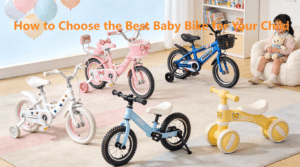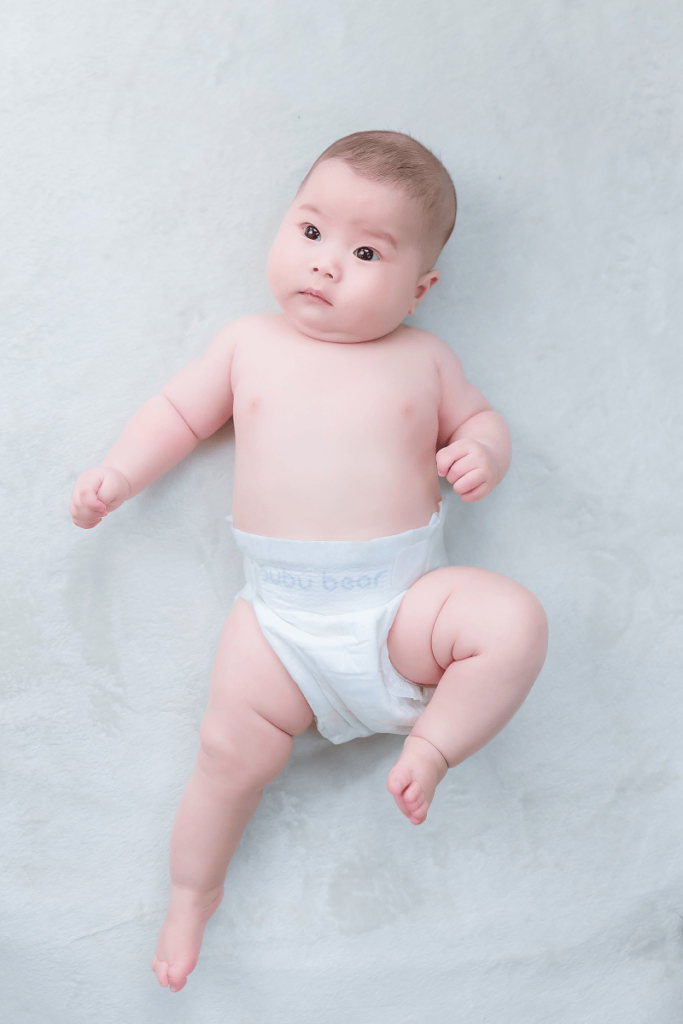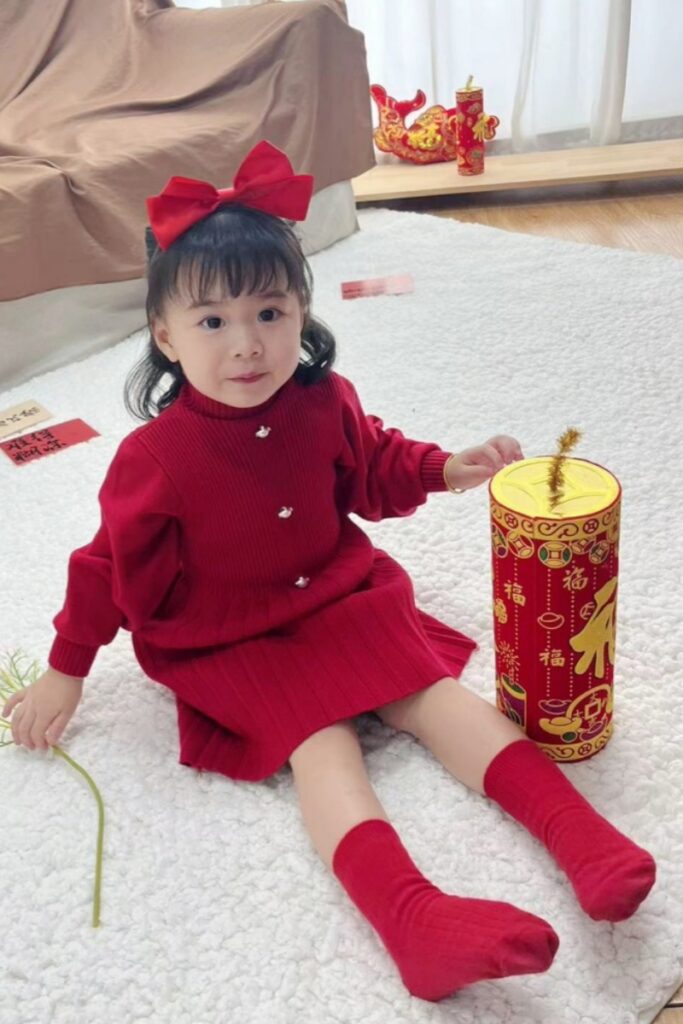Did you know that modern technology can now lull a baby to sleep without a parent lifting a finger? Welcome to the world of smart cribs—a revolutionary leap in infant care that’s transforming nurseries worldwide. For global buyers sourcing products for diverse markets, selecting the right smart crib means understanding how they differ from traditional options, the materials involved, and the trends shaping their future. This guide is your roadmap to making informed procurement decisions that resonate with today’s tech-savvy parents.
Traditional vs. Smart Cribs: What’s the Difference?
Traditional Cribs: Simple but Limited
Traditional cribs have long been the go-to choice for nurseries. Crafted from materials like wood or metal, they feature basic designs with adjustable mattress heights and sometimes drop-down sides. While they’re sturdy and dependable, their limitations are clear: they rely entirely on manual operation and lack the ability to adapt to a baby’s needs or a parent’s busy schedule.
Smart Cribs: Innovation Meets Convenience
Smart cribs elevate infant care with technology. Imagine a crib that rocks a baby to sleep automatically, monitors their breathing, or adjusts lighting based on sleep patterns—all controllable via a smartphone app. With sensors, automation, and connectivity, smart cribs offer unparalleled convenience and safety, making them a premium choice for modern families and a hot commodity for global markets.
Materials: From Classic to Cutting-Edge
Traditional Crib Materials
- Wood: Prized for its durability and classic look, wood is a staple in traditional cribs. However, it can be bulky and may need upkeep to stay in top shape.
- Metal: Lightweight and strong, metal cribs are easy to maintain but often feel less cozy than their wooden counterparts.
Smart Crib Materials
Smart cribs blend traditional craftsmanship with high-tech innovation:
- High-Grade Plastics and Composites: These lightweight, durable materials support the integration of electronic components while keeping the crib safe and stable.
- Eco-Friendly, Non-Toxic Finishes: Sustainability is key—many smart cribs use chemical-free finishes to protect babies and appeal to environmentally conscious buyers.
- Sensor-Embedded Fabrics: Advanced mattresses or linings with built-in sensors track vital signs like movement or temperature, adding a layer of safety and functionality.
These materials ensure smart cribs meet rigorous safety standards while delivering the durability global buyers demand.
Trends Shaping the Crib Market
Today’s Shift to Smart Technology
The baby product industry is riding a wave of innovation. Parents now expect more than just a place for their baby to sleep—they want solutions that simplify their lives. Smart cribs lead this charge with features like:
- Automated Rocking: Soothes babies with gentle motion.
- Sleep Tracking: Offers data-driven insights into sleep habits.
- Voice Control: Integrates with smart home systems for hands-free operation.
The Future: AI and IoT Integration
The next frontier for smart cribs lies in artificial intelligence (AI) and the Internet of Things (IoT). Picture a crib that learns a baby’s preferences and adjusts itself accordingly, or one that syncs with smart thermostats and lights to create the perfect nursery environment. As these technologies mature, smart cribs will become must-have items, driving demand in global markets.
How to Choose the Right Smart Crib
Must-Have Features
When sourcing smart cribs, focus on these essentials:
- Safety Standards: Look for compliance with international benchmarks like ASTM or EN to ensure top-tier safety.
- User-Friendly Design: Prioritize intuitive controls and seamless app integration for ease of use.
- Smart Compatibility: Choose cribs that pair with other devices, boosting their versatility.
- Adjustability: Opt for models with customizable settings, like rocking speed or sensor sensitivity, to suit varied needs.
Balancing Budget and Quality
Smart cribs come with a higher price tag, but their value lies in longevity and features. Consider:
- Investing in Quality: Stick to trusted brands that guarantee safety and durability over cheap alternatives.
- Feature Focus: Match features to your market’s priorities—skip extras that don’t add value to keep costs in check.
Conclusion: Your Smart Procurement Move
For global buyers, choosing a smart crib isn’t just about picking a product—it’s about investing in the future of infant care. By grasping the leap from traditional to smart cribs, the advanced materials that define them, and the trends pushing them forward, you’re equipped to source products that delight modern parents. Take the plunge into this innovative market and deliver the best to your customers today.













